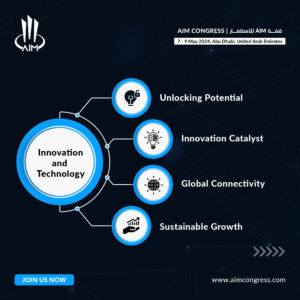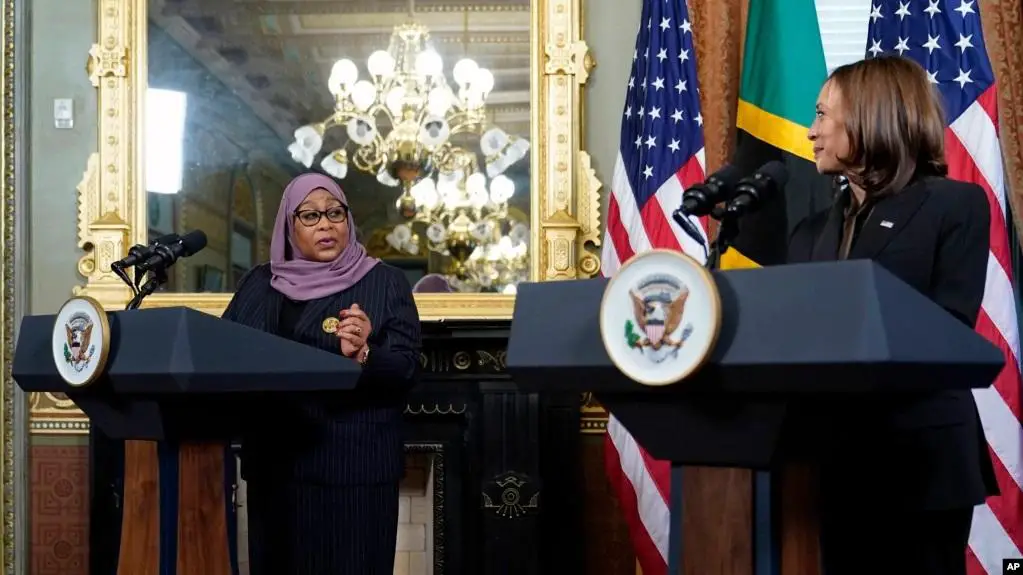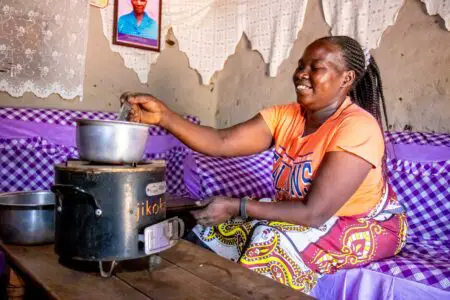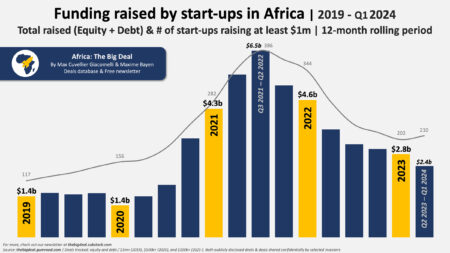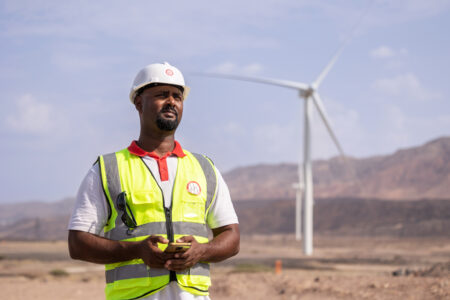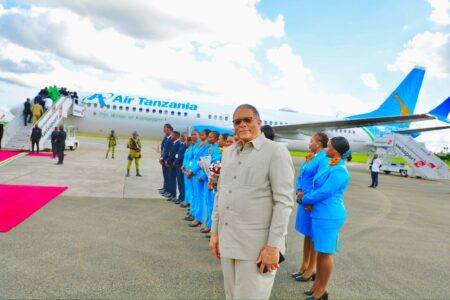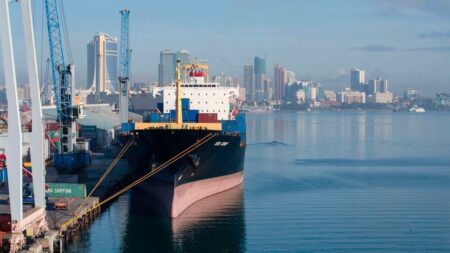- The ongoing crisis between Russia and Ukraine has opened opportunities in Tanzania’s Liquefied Natural Gas (LNG) sector
- Tanzania is a major natural gas producer and exporter and has done so for more than 50 years and is primed to tap into East Africa’s LNG investments
- The East African nation has a total of 842 kilometres of gas transmission pipes, with 58 kilometres serving industrial users in Dar es Salaam
The ongoing crisis between Russia and Ukraine has opened opportunities in Tanzania’s Liquefied Natural Gas (LNG) sector opening up East Africa’s LNG investments.
Tanzania is a major natural gas producer and exporter and has done so for more than 50 years. Songo Songo Island in Lindi was the first natural gas finding in Tanzania, followed by Mnazi Bay in Mtwara Region. LNG could be one of the best energy investments in Tanzania in 2022 in East Africa’s LNG investments.
The East African nation has a total of 842 kilometres of gas transmission pipes, with 58 kilometres serving industrial users in Dar es Salaam. Data from the Ministry of Energy shows that Tanzania has natural gas reserves totalling 57.54 trillion standard cubic feet (TCF) as of December 2017. Tanzania, however, does not produce crude oil and has not had a commercial oil discovery in a long time.
Tanzania utilizes around 35,000 barrels of refined oil products per day, all of which are imported. This offers a great opportunity for Tanzania’s Liquefied Natural Gas (LNG) sector.
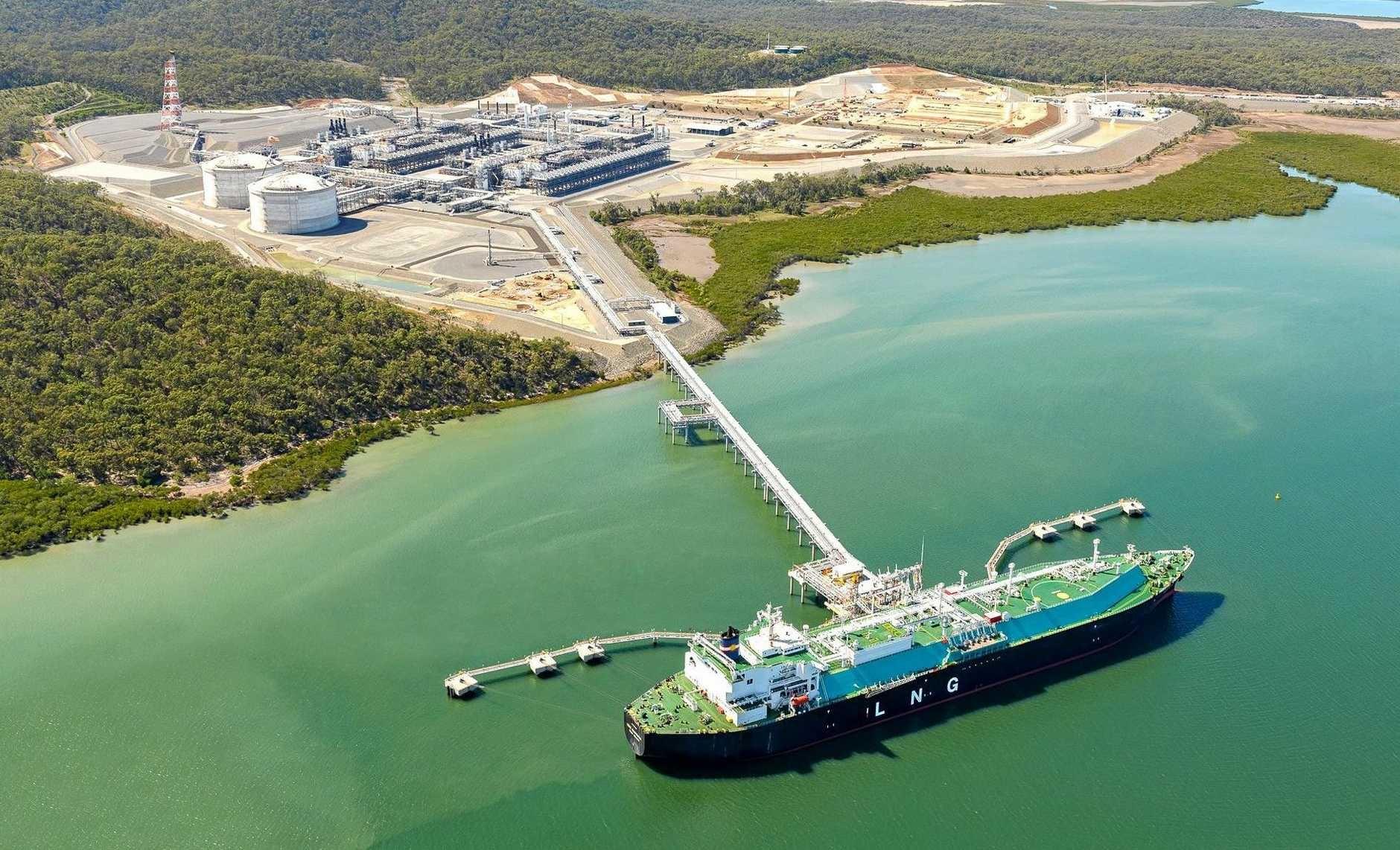
The country has partnered with Uganda in a mega oil pipeline deal, one of the best energy investments in Tanzania in 2022. The partnership with Uganda is for the construction and management of the East African Crude Oil Pipeline Project (EACOP). With Uganda estimated to hold about 0.2 per cent of the world’s total oil reserves, Tanzania’s partnership is strategic.
Uganda boasts an impressive 2.5 billion barrels of proven oil reserves and is ranked 31st in the world. The Pearl of Africa’s oil reserves are more than 200 times its annual consumption which gives it unprecedented export leverage.
With exploration still underway at Lake Albert in Uganda’s Hoima District, it is projected that the first 1.4 billion barrels of oil will be pumped by 2025.
The EACOP pipeline has been constructed at a value of US$3.5 billion which has seen Tanzania effectively increase its FDI by over 60 per cent during the construction phase alone. Tanzania’s Liquefied Natural Gas (LNG) sector will immensely benefit from this investment.
This week, Tanzania President Samia Suluhu is in the United States and is meeting with among others, US VP Kamala Harris. During the official business trip, Suluhu is expected to get contracts for the construction of ports, railroads, power plants and coal and iron ore mines in the country’s northeast region.
Overall, Tanzania is looking to attract investments of US$40 billion in the energy sector at a time the world is caught up in the melee between Russia and Ukraine which has upset the global energy sector.
For Tanzania to benefit from Europe’s rush to diversify its energy sources, Suluhu needs to speed up LNG projects by opening up the sector to new investors and revising legislation to achieve long-term economic growth.
Following the onset of Russian activities in Ukraine, Europe is exploring alternative energy sources. Already, companies are expressing interest in oil and gas exploration blocks in Tanzania’s neighbour, Mozambique, which has massive hydrocarbon potential.
With gas prices still high due to the conflict in Ukraine, this offers positive sentiment for investments in Mozambique’s LNG.
Analysts say that profits from the natural gas in the Rovuma basin in Mozambique could be greater than the risk posed by armed extremist insurgency in the region.
With this new energy dispensation, Tanzania may approve a deal for the LNG projects to increase output to 15 million tonnes per year. This would be an increase from the government’s previous target of 10 million tonnes.
If this massive investment is implemented, it could cut the project’s lifespan from 30 years to less than 20. Suluhu says her country is not opposed to more production since there is already a market.
On Monday, April 4, President Suluhu said negotiations with a group of firms, led by Equinor ASA and Shell, for the long-delayed LNG facility are anticipated to wrap up by June.
She resurrected the US$30 billion project talks that had stalled under the late former President John Pombe Magufuli last year.
When asked about Tanzania’s ambition to increase production targets, Suluhu stated at the world needs it. She was speaking at Chamwino State House in Dodoma.
Tanzania is in good time since the best energy investments in Tanzania in 2022 include LNG investments. These include natural gas drilling and production as well as natural gas pipelines. Tanzania’s Liquefied Natural Gas (LNG) sector cannot be ignored with the opportunities at hand.
Accessing modern energy is now more important than ever before for Africa’s economic progress. With increased oil exploration and natural gas consumption across the continent, fossil fuels will account for an even greater share of Sub-Saharan Africa’s energy mix in the coming years.
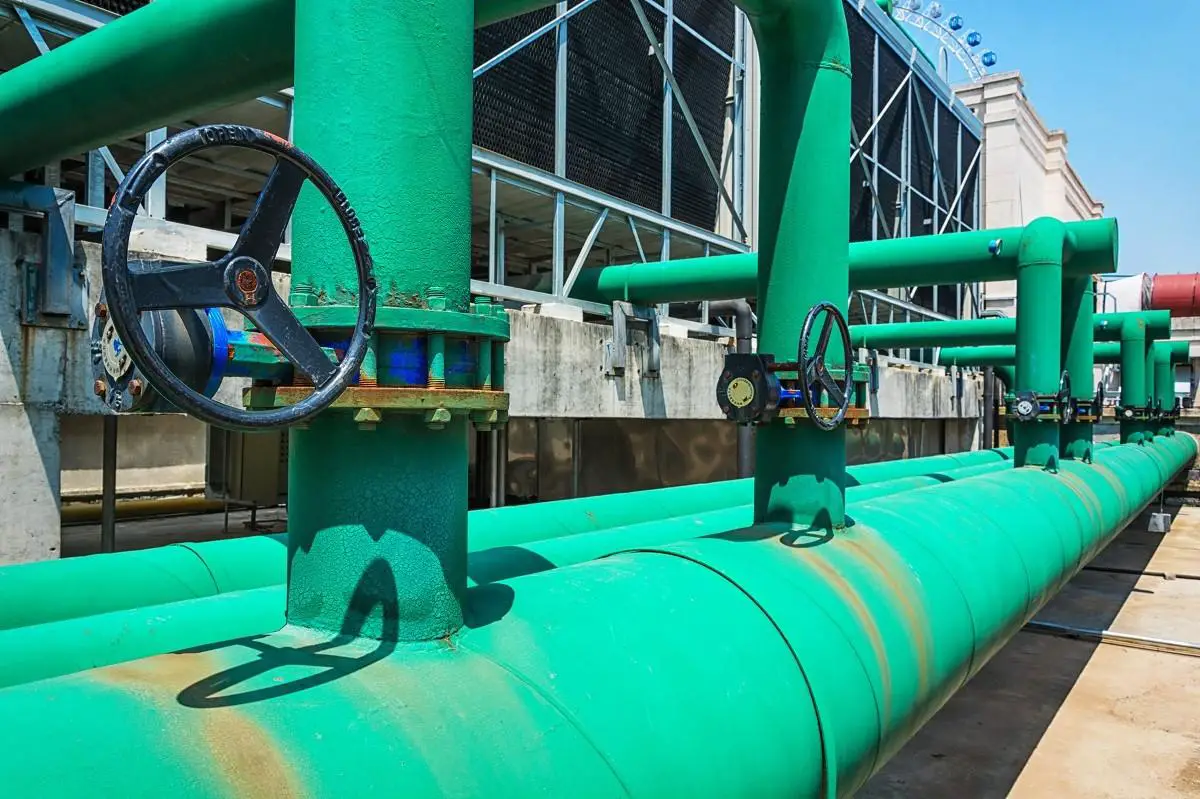
The continent is likely to see the start-up of 428 new oil and gas projects between 2021 and 2025.
In addition to Shell’s US$30 billion Tanzania LNG Liquefaction Project, which is scheduled to begin construction in 2023 and be completed in 2028; there is also Mozambique’s US$30 billion Rovuma LNG Terminal and US$20 billion Mozambique LNG facility; and Nigeria’s US$20 billion Ogidigben Gas Revolution Industrial Park, a planned downstream refinery and petrochemical complex, which is scheduled for construction in 2024.
The oil deposits of Etan and Zabazaba are also being developed in this area.
As a result, the hydrocarbon industry in Africa is expected to grow significantly by 2022 and beyond as new projects are completed and new investments are made.
For transmission, gas pipelines, both underground and above ground are needed.
In the midstream industry, natural gas pipelines are one subsector expected to increase by 2022. Many different locations, including households and export operations, are served by natural gas pipes. The construction of gas pipelines is likely to rise as a result of a number of large-scale gas projects taking place across the continent, as well as government plans to enhance the exportation of gas to foreign markets.
The US$6 billion African Renaissance Pipeline Project will link Mozambique’s gas-rich Rovuma Basin to Gauteng Province in South Africa, the proposed 1,800km Tanzania-Uganda Natural Gas Pipeline Project will transport LNG from Dar es Salaam in Tanzania to Kampala, Uganda, and the planned Ajaokuta-Kaduna-Kano Natural Gas Pipeline will serve as part of the wider Trans Nigerian Pipeline.
Increased intra-African gas trade will be enabled by these pipeline developments as well as increased exports from Africa.
As Tanzania President Samia Suluhu seeks investors in the US this week, they already have the master plan laid out for them as Africa is not yet energy sufficient while the world needs Africa’s energy resources. East Africa’s LNG investments are yet to be fully tapped even as demand increases year on year.
Read: Low-carbon approach to developing clean energy sources in Africa


